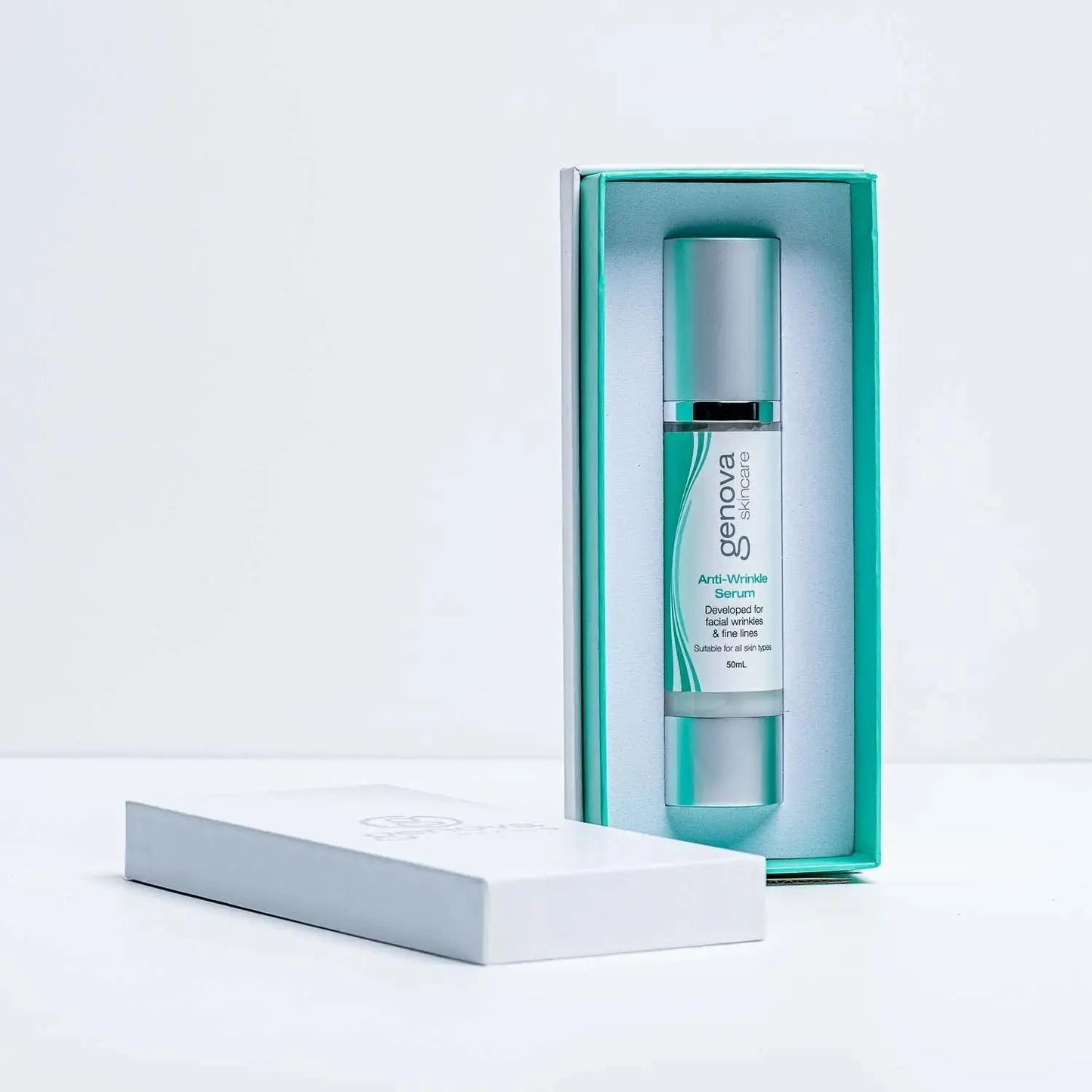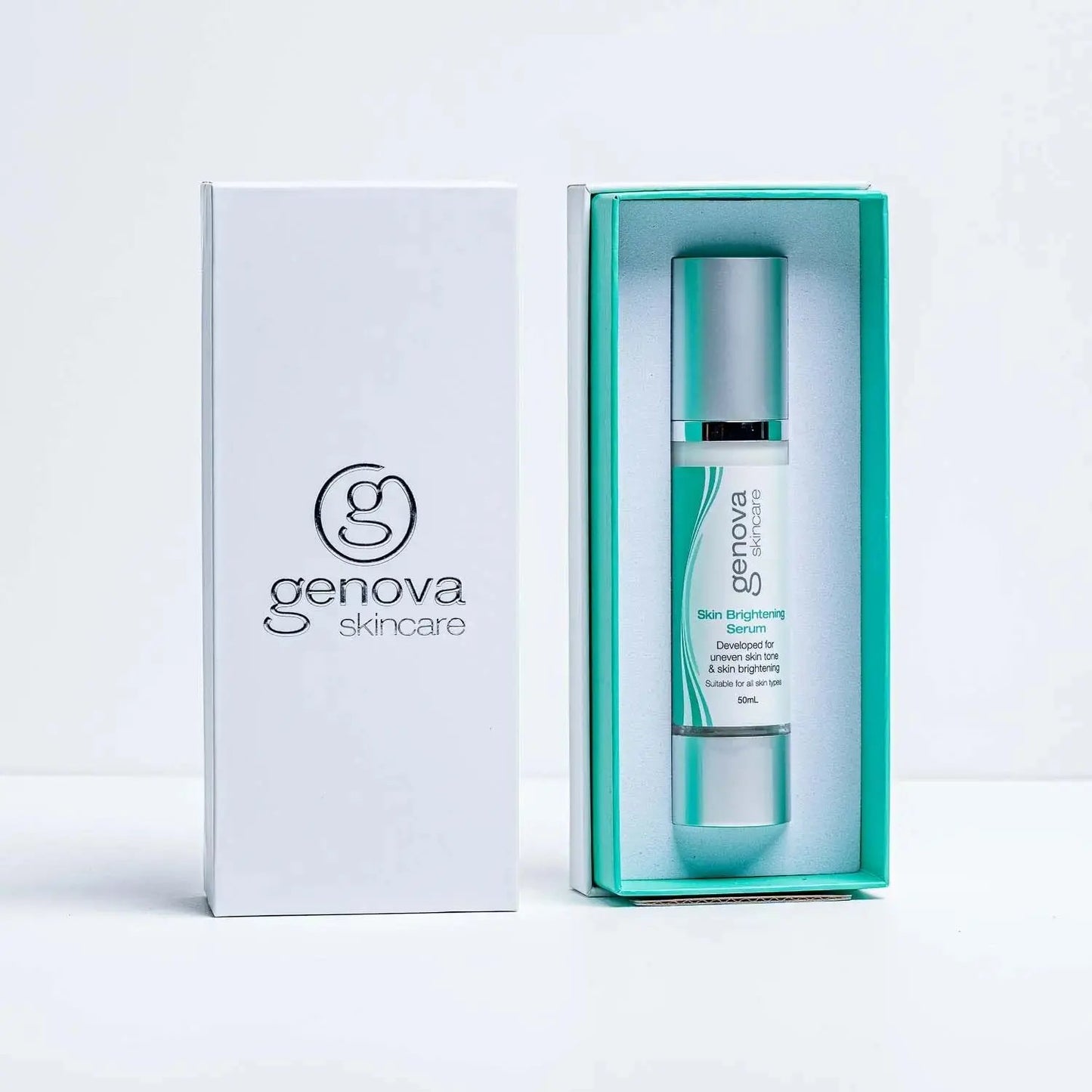How to Heal Your Skin Through Gut Health: Natural Solutions for Australian Women's Ageing Skin
When those fine lines appear, or your skin suddenly becomes reactive, your first instinct might be to search for a new miracle cream. But what if the most effective solution isn’t found in a jar but on your plate? Understanding the profound connection between gut health and skin appearance, especially as you age, empowers you to take control of your skin health.
The Gut-Skin Connection
Your skin and gut share more than you might realise. Both are significant barriers protecting your body from the outside world. Scientists refer to the gut-skin axis as the communication system between your gut and skin. This system allows them to influence each other’s health and function.

When your gut microbiome—the ecosystem of trillions of bacteria in your digestive tract—becomes imbalanced, it triggers systemic inflammation that travels throughout your body, including your skin. This can accelerate aging and trigger various skin conditions.
Research from the University of Queensland found that women experiencing digestive issues were 37% more likely to report premature skin aging concerns, including:
- Accelerated formation of fine lines and wrinkles
- Persistent redness and sensitivity
- Uneven skin tone and stubborn pigmentation
- Dehydrated skin that doesn’t respond to topical treatments
- Loss of firmness and elasticity
For women in their 40s, 50s, and beyond, this connection becomes even more significant as hormonal changes during perimenopause and menopause simultaneously affect both gut function and skin health.
Signs Your Gut Is Affecting Your Skin
Look for these key indicators:
- Skin issues coincide with digestive symptoms like bloating or irregular bowel movements
- Skin problems worsen after consuming certain foods
- You notice cycles of skin flare-ups connected to your digestive patterns
- Traditional skincare products aren’t delivering the results they once did
- Your skin concerns began or worsened during hormonal transitions
A landmark study found that 72% of women who improved their gut health reported significant improvements in skin texture, hydration, and resilience within 8-12 weeks.
The Impact Through Different Life Stages
Perimenopause (40s to early 50s)
Fluctuating estrogen levels affect both gut permeability and collagen production in the skin. Many women notice the first significant skin changes during this period, including unexplained dryness and loss of radiance.
Menopause and Beyond (50s+)
The dramatic drop in estrogen affects gut microbiome diversity and reduces the skin’s ability to maintain hydration and elasticity, accelerating visible aging and increasing sensitivity.

Your 5-Step Action Plan
1. Identify and Remove Gut Irritants
Begin by eliminating foods that commonly disrupt gut balance:
- Refined sugars: Feed harmful bacteria and trigger inflammation
- Processed foods contain additives that damage the gut lining
- Excessive alcohol: Disrupts microbiome balance
- Potential sensitivities: Common triggers include gluten, dairy, and industrial seed oils
Start by eliminating these common irritants for two weeks, then carefully reintroduce them one at a time, noting any reactions.
2. Rebuild Your Gut with Australian Superfoods
- Native foods with prebiotic benefits: Kakadu plum, wattleseed, and finger lime
- Local seafood rich in omega-3s: Tasmanian salmon, sardines, and mackerel
- Diverse fibre sources: Sweet potato, green bananas, and tropical fruits
- Local honey: Contains enzymes that support digestion
Research shows that women who incorporated at least 30 plant foods weekly showed improved gut microbiome diversity and better skin health.
3. Reseed Beneficial Bacteria
- Fermented foods: Kimchi, sauerkraut, kefir, and natural yoghurt
- Targeted probiotics: Look for strains specifically studied for skin benefits
- Consistency matters: Small daily doses show better results than occasional large amounts
4. Support Your Gut Lining
- L-glutamine: This amino acid helps repair damaged gut tissue
- Bone broth: Contains collagen and amino acids that support gut integrity
- Zinc-rich foods: Oysters, pumpkin seeds, and grass-fed beef support tissue repair
- Anti-inflammatory herbs: Turmeric, ginger, and slippery elm soothe irritated gut tissue
A 2023 clinical trial found that women who consumed bone broth daily for 8 weeks showed a 24% improvement in skin elasticity and reduced inflammatory skin conditions.
5. Balance Lifestyle Factors
- Stress management: Chronic stress alters gut bacteria and accelerates skin aging
- Quality sleep: Poor sleep disrupts gut rhythm and increases skin inflammation
- Hydration: Adequate water intake supports both digestive function and skin hydration
- Movement: Regular, moderate exercise improves gut motility and skin circulation
Success Stories
“After struggling with rosacea for years, I focused on healing my gut through diet changes and stress management. Within three months, my complexion was calmer than it had been in a decade. 56 my skin looks better than it did at 46.” — Janet from Adelaide. These success stories offer hope and optimism for your skin health journey.
“During perimenopause, I developed adult acne along with digestive issues. Working with a nutritionist to improve my gut health cleared both problems simultaneously.” — Karen from Perth.
Common Gut-Healing Mistakes to Avoid
- Expecting overnight results: Gut healing typically takes 3-6 months for visible skin improvements
- Focusing only on probiotics: A balanced approach addressing diet, lifestyle, and gut lining repair is most effective
- Overlooking medications: Some medications, including certain antibiotics and NSAIDs, can disrupt gut health
- Neglecting hydration: Water is essential for both gut function and skin hydration.
Complementary Skincare During Gut Healing
- Minimalist skincare: Simplify your routine to reduce potential irritants
- Focus on barrier repair: Look for products containing ceramides and fatty acids
- Incorporate anti-inflammatory ingredients: Centella Asiatica, green tea, and aloe vera
- Be gentle with exfoliation: Over-exfoliation can damage your skin barrier
- Consider probiotic skincare: Topical probiotics may complement your internal approach

When to Seek Professional Support
Consider professional guidance if:
- Your symptoms are severe or persistent
- You have a history of digestive disorders
- You experience extreme fatigue alongside skin and gut symptoms
- You’ve tried dietary changes without improvement
- You’re taking medications that might interact with supplements
Your Transformation Timeline
Weeks 1-4
- Reduced digestive discomfort
- Initial skin purging may occur as toxins release
- Beginning reduction in skin redness and sensitivity
- Improved energy and sleep quality
Weeks 5-12
- Significant reduction in inflammatory skin conditions
- Improved skin hydration, texture, and firmness
- More even skin tone and reduced hyperpigmentation
- Resilient skin that recovers quickly from stressors
Conclusion: Inside-Out Skin Health
The science is precise: beautiful aging skin requires a healthy gut. For Australian women navigating the challenges of mature skin, this inside-out approach offers a sustainable solution that addresses the root causes of skin aging.
Begin with just one change this week—perhaps eliminating refined sugar or adding a daily serving of fermented foods. Small, consistent steps lead to the most sustainable transformation for your gut and skin.
This article is provided for informational purposes only and is not intended to diagnose or treat any medical condition. Always consult a qualified healthcare provider before significantly changing your diet or lifestyle.








